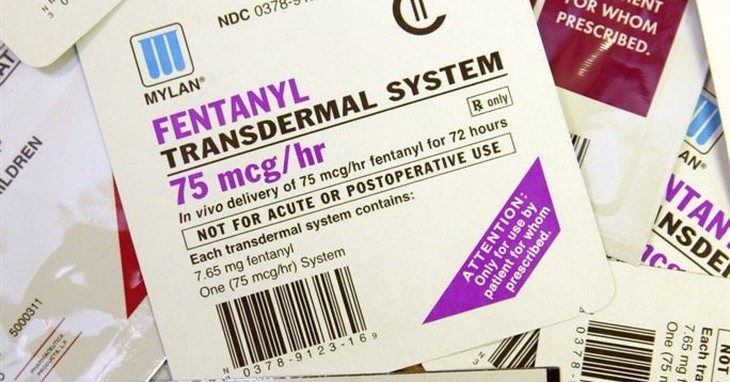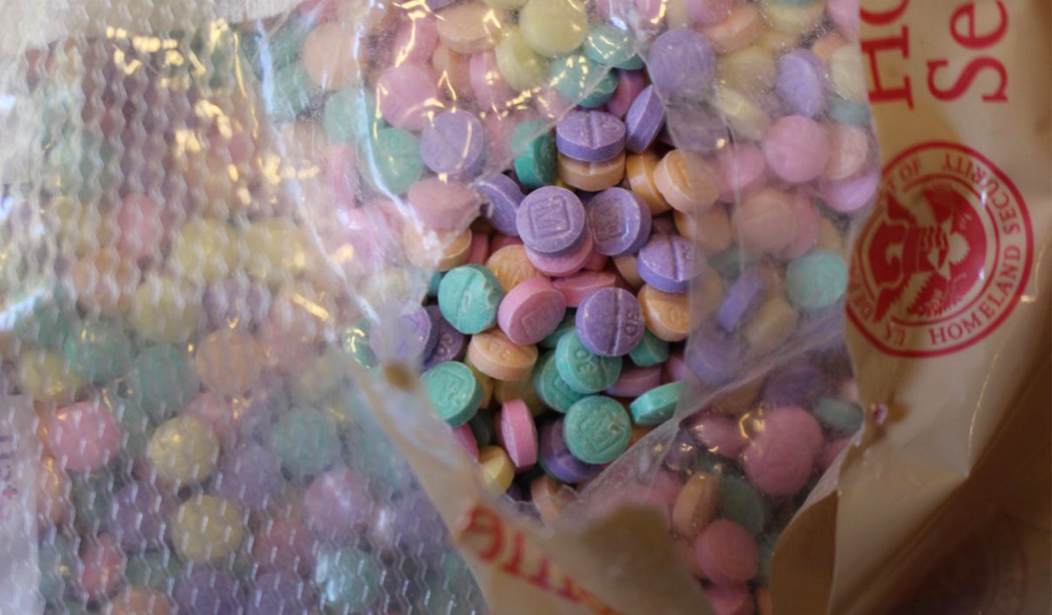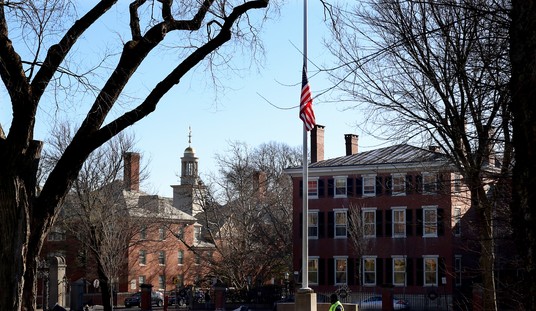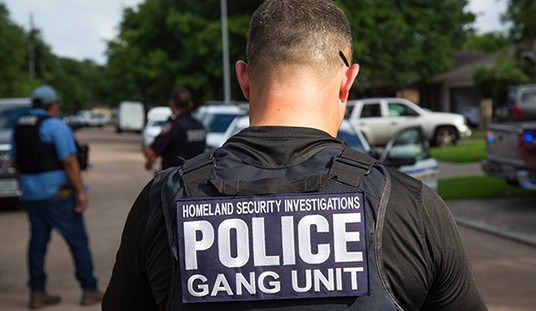The fentanyl crisis in America is one of the worst drug epidemics the nation has ever seen. While the opioid epidemic in the United States wound down in recent years, there was clearly a gap in a drug-ravaged market that needed filling, and according to one detailed report, fentanyl filled the gap.
There are reports on a daily basis all over the country on fentanyl deaths, especially for younger folks – people in the 18-to-49-year-old range. As Mexican drug cartels flood the streets along the southern border and move up into the rest of the country with their product, more and more Americans are finding themselves impacted by the drug.
The Washington Post has an extremely detailed report on the failings of the U.S. government to address this growing crisis. Before I go on, however, there is one point to be made: This is not a partisan issue. The Post does lean heavily into the idea that focusing on building a wall didn’t help during the Trump years, but that’s not the only issue they bring up.
The fentanyl crisis, however, began under Barack Obama, continued under Donald Trump, and is exploding under Joe Biden. This isn’t the fault of any one President: It’s the result of bureaucratic messes, administrative slow-walking, and lack of transparency. But, above all, this is a problem of the Washington swamp – when all power is consolidated in one place, the furthest reaches of the nation suffer. That is what’s happening here.
The Most Lethal Drug Crisis in U.S. History
“Presidents from both parties failed to take effective action in the face of one of the most urgent threats to the nation’s security, one that claims more lives each year than car accidents, suicides or gun violence,” the Post writers said. “Fentanyl is now the leading cause of death for Americans ages 18 to 49.”
At a time when the focus of the U.S. government was on opioids, any actual efforts to look into the looming fentanyl crisis were bogged down by bureaucratic nightmares.
Drug Enforcement Administration (DEA) officials “stumbled through a series of missteps” as they tried to take on the fight and were “slow to respond as Mexican cartels supplanted Chinese producers.”
The production of fentanyl is far easier than the production of opioids – it’s all synthetic, allowing the product to be made in higher quantities and at lower cost. Produced near the Mexican border, just south of U.S. territory, it’s easy for the cartels to flood the border with wave after wave of product – as they have been doing for years now.
That is a problem for the Department of Homeland Security (DHS), which has been unable to effectively inspect and detect the drugs coming into the U.S.
The Department of Homeland Security, whose agencies are responsible for detecting illegal drugs at the nation’s borders, failed to ramp up scanning and inspection technology at official crossings, instead channeling $11 billion toward the construction of a border wall that does little to stop fentanyl traffickers.
[…]
“Law enforcement did the best it could,” said David King, executive director of a federal drug task force in San Diego. “We can only do so much. But in Washington, they have been very slow to respond to this and now we are at the confluence of paralysis.”
With a failure in terms of leadership and action from Washington D.C., local law enforcement did what it could – but they are often responding to a crisis already in process, and the detection and prevention systems supposedly set up at the federal level have not been doing what they were supposed to do. It was, at least in part, a failure of vision.
DEA Administrator Anne Milgram acknowledged that the government remained too focused on heroin at the onset of the crisis, as Mexican traffickers ramped up production of synthetic opioids.
“It is a new, deeper, more deadly threat than we have ever seen, and I don’t think that the full extent of that harm was immediately seen in 2015,” she said.
What’s more, it’s difficult to get up-to-the-minute numbers on the overdoses and deaths caused by the drug. The Centers for Disease Control and Prevention (CDC) is “unable to track overdose deaths in real-time,” according to the Post report, and the only numbers they do provide are a year behind.
“Tracking the Epidemic by Visiting Cemeteries”
That’s the crux of the problem – the government has been extremely slow to react, slow to combat, slow to prevent, and slow to show us just how bad it really is.
That’s a major issue in this fight. There have been decades of neglect that have gone into this. When George W. Bush was in office, his administration did little to address the growing opioid epidemic. Barack Obama demoted the U.S. drug czar position to a non-cabinet position, and his administration treated fentanyl as an additive, rather than its only classification of drug.

Donald Trump focused on the wall and arrests of illegal immigrants, but not on inspecting the traffic coming into the country legally. Joe Biden’s administration has let the floodgates fly open on the border, increasing the odds that even more fentanyl will pour into the country.
That has made it an exceedingly difficult fight for local law enforcement, and it’s a losing battle. One of the country’s former drug czars said it best:
“This is like tracking the epidemic by visiting cemeteries,” said John P. Walters, who served as drug czar during the Clinton and George W. Bush administrations. “We’re not measuring what’s coming into the country in real-time. We’re not measuring what’s happening with the health consequences and where to put resources to buffer those health consequences. Our drug-control strategy is an embarrassment, and it doesn’t begin to propose a way of reversing this problem.”
Amazingly, despite the focus on immigration during the Trump years, they were more focused on China as the primary source of import for fentanyl, completely missing that the Mexican cartels had overtaken Chinese importers, particularly after the collapse of the opioid trade in the U.S. – the emphasis on the opioid epidemic in the late Obama and early Trump years had closed off that market, but in its wake came a fentanyl crisis no one at the federal government seemed capable of predicting.
The Whole System Failed
What’s clear as you read the Post‘s piece is that there are numerous systemic failures on this front. All of these government bodies and agencies have struggled to get caught up with the crisis we’re seeing, much less get ahead of it.
This, by the way, is one of the reasons you’re seeing a rise in support for political outsiders (like Trump in 2016). The insiders have routinely failed to do their jobs, so the voters looked elsewhere.
We have a crisis… no, we have multiple crises that are currently ripping the country apart, and a weak and ineffective central government that is so bogged down by bureaucratic and partisan turf wars that there seems to be no solution coming. Unfortunately, that doesn’t seem to be likely to change anytime soon as the Biden administration does not seem open to admitting that the border is an issue and that there are a lot of problems within Mexico that are directly affecting us.













Join the conversation as a VIP Member